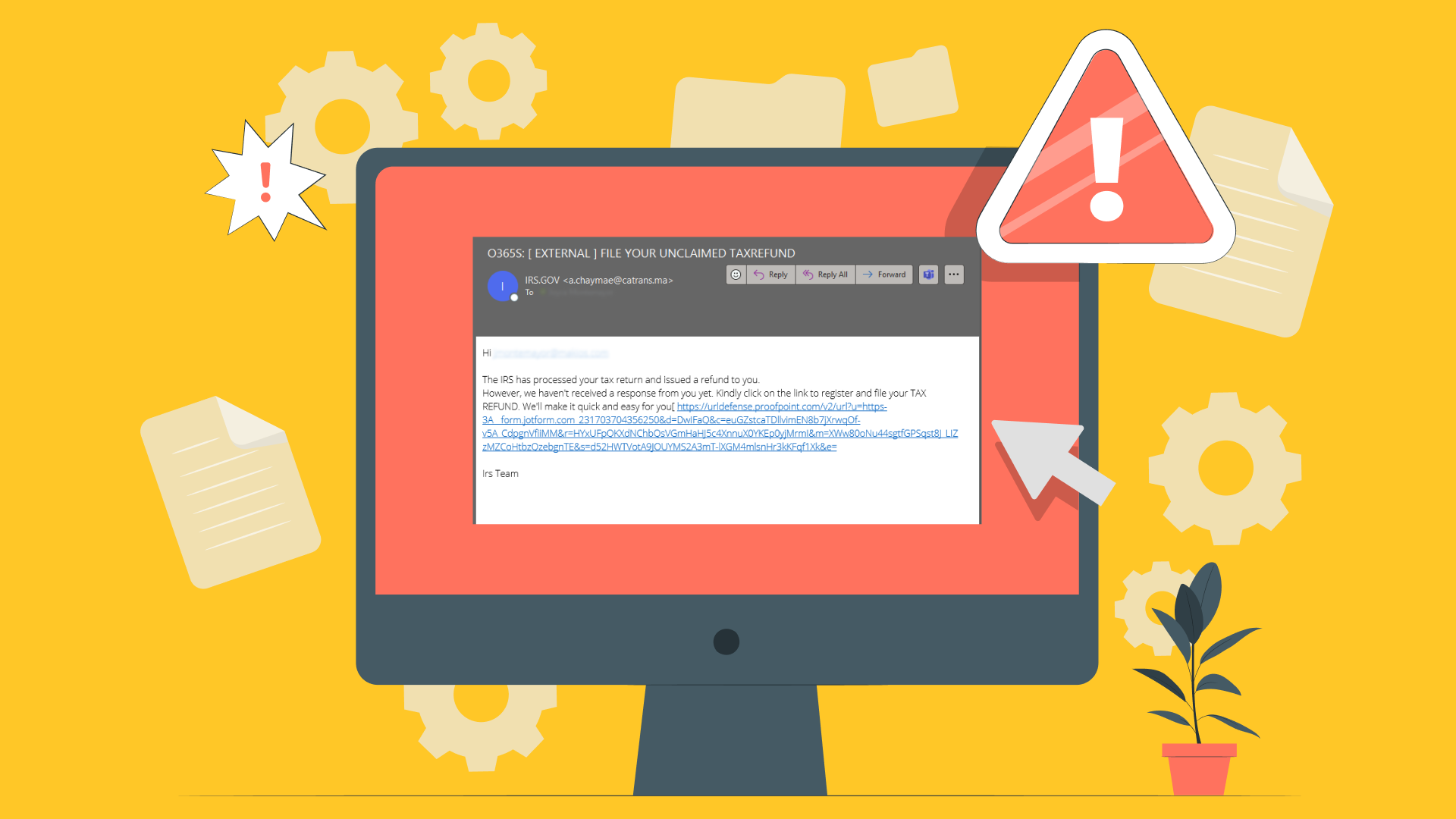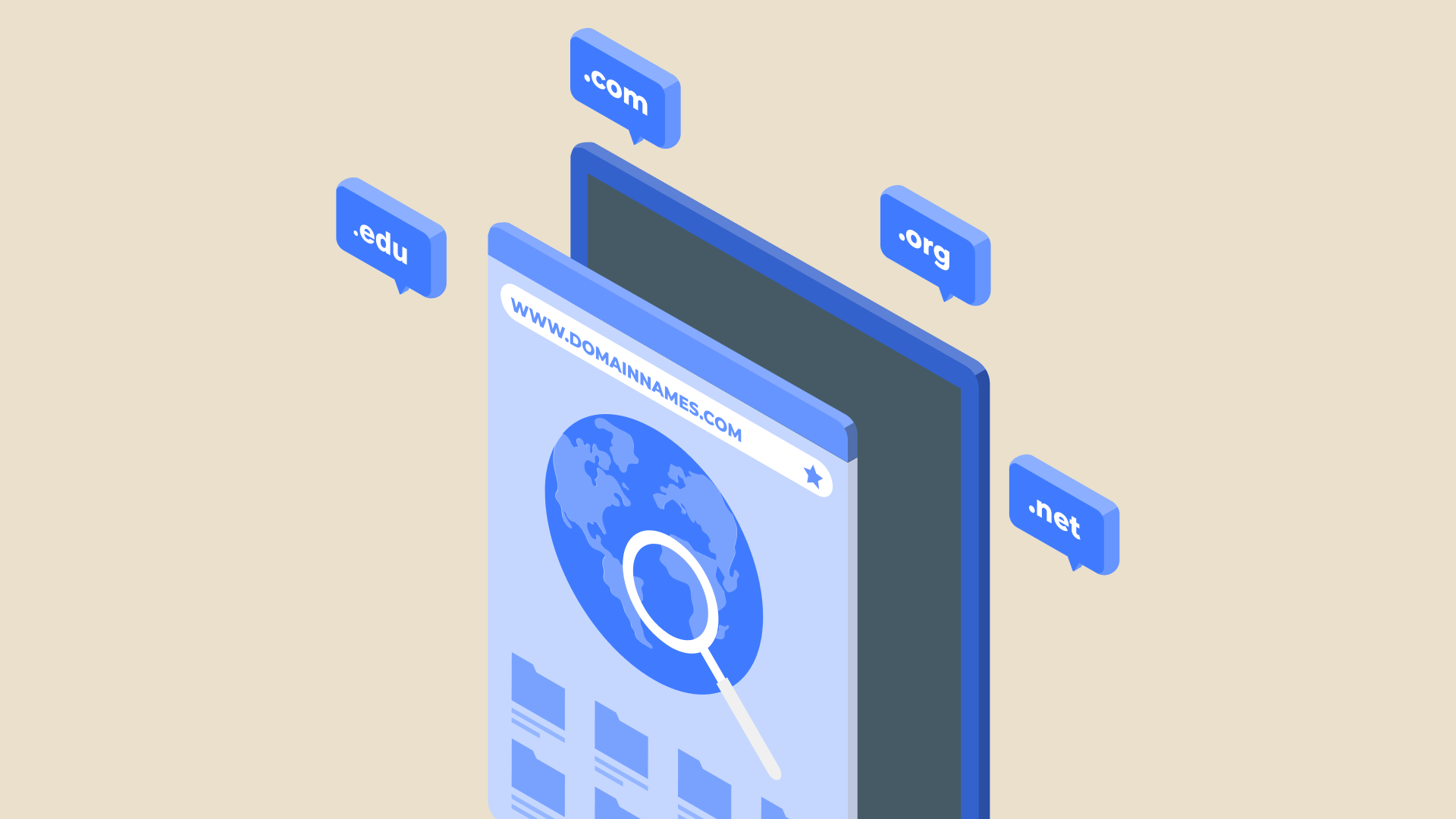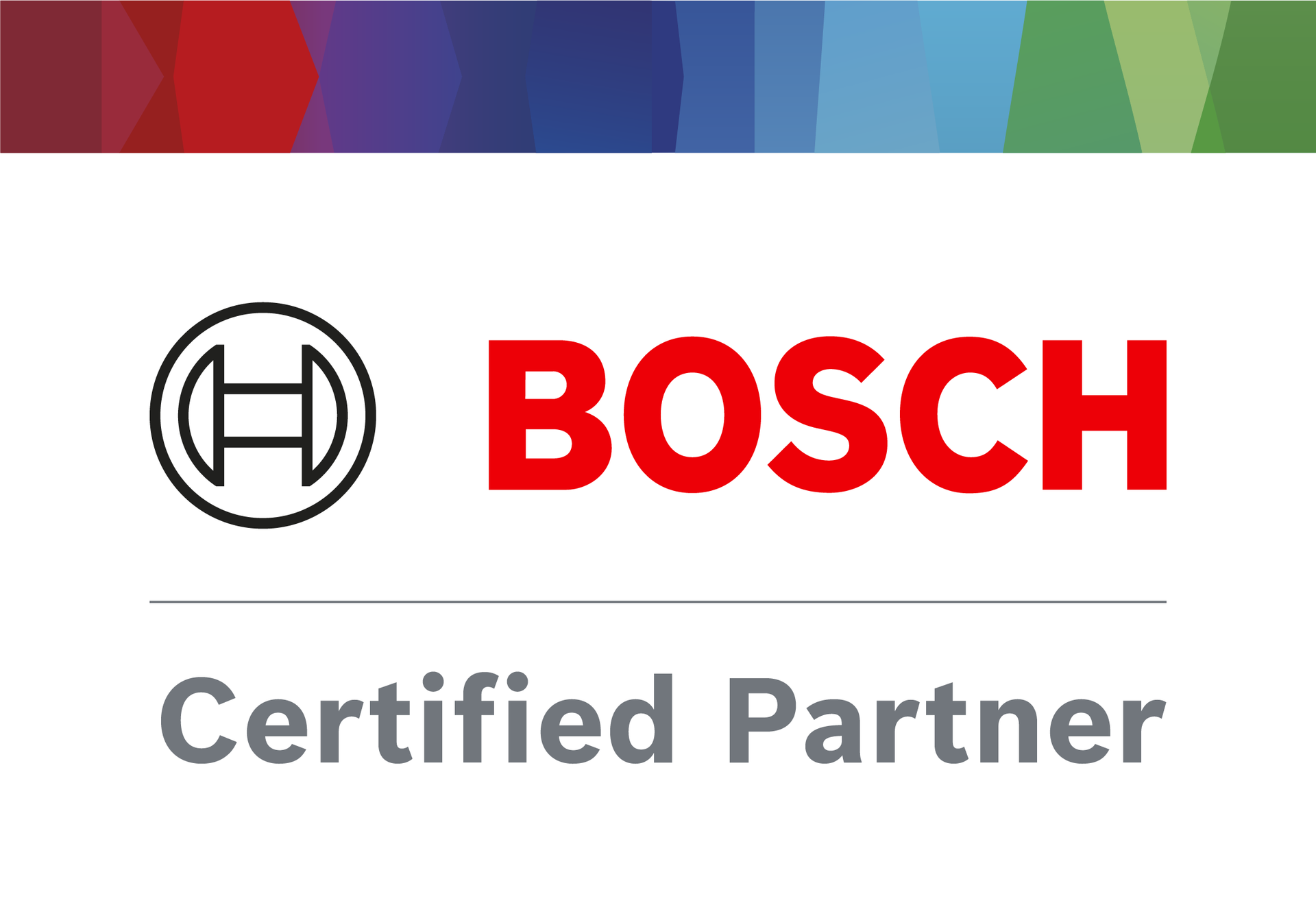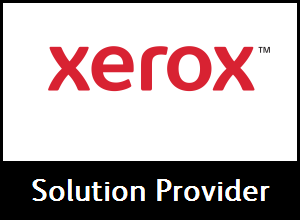Portals El Paso, TX (915) 217-2500 | Grapevine, TX (817) 752-9400
Technology Strategy: Implementing the Right Plan for Your Business
Technology Strategy: Implementing the Right Plan for Your Business
Technology plays a pivotal role in the success of businesses. But it's more than just having the latest gadgets or software. It's about having a plan.
This is where technology strategy comes into play. It's like a roadmap that guides a business in using technology to achieve its goals.
Whether you're a small startup or a large corporation, understanding and developing a technology strategy can significantly impact your success.
What is Technology Strategy?
Technology strategy is a detailed plan that outlines how technology should be used to support an organization's overall business strategy. It's not only about choosing the right software or hardware. It's about aligning technology decisions with the business's objectives, culture, and processes to drive growth, efficiency, and competitive advantage.
A well-defined technology strategy takes into account current resources, future needs, and how technology can help bridge that gap over time.
Why is Tech Strategy Development Important?
Developing a technology strategy is crucial for several reasons. First, it ensures that all technology investments are aligned with the business's goals, preventing wasteful spending on unnecessary or incompatible technology.
It also helps businesses stay ahead of the curve by anticipating and planning for technological advancements. A solid tech strategy can improve operational efficiency by optimizing processes and systems, enhancing customer experiences, and fostering innovation.
In essence, without a technology strategy, businesses risk falling behind their competitors and missing out on opportunities for growth and improvement.
Benefits of Developing a Technology Strategy and Framework
There are many advantages to establishing a strong tech strategy for your business.
Aligns Technology with Business Goals
A technology strategy ensures that every tech investment and decision directly supports the overarching goals of the business. This alignment helps in efficiently using resources and avoiding the trap of chasing after the latest tech without a clear purpose.
Increases Operational Efficiency
By identifying the right technology tools and processes, a technology strategy can streamline operations, reduce costs, and increase productivity. It’s like finding the best route on a map to get to your destination faster and using less fuel.
Enhances Customer Experience
Customers expect fast, reliable, and convenient services. A technology strategy can help businesses understand and implement the tech solutions that meet these expectations, leading to happier customers.
Drives Innovation and Growth
With a solid strategy, businesses can better identify and seize opportunities for innovation. It’s like having a telescope that helps you see further into the future. You can spot new trends and technologies that can drive growth.
Improves Risk Management
Technology comes with risks such as cybersecurity threats and compliance issues. A technology strategy includes plans for managing these risks, protecting the business and its customers.
Selecting the Right Technology Strategy for Your Business
Choosing the right technology strategy involves understanding your business’s unique needs, goals, and challenges. It’s not a one-size-fits-all situation. Here are some steps to guide you:
- Assess Your Current Technology: Look at what technology you’re currently using and how well it’s serving your needs. This is your starting point.
- Define Your Business Goals: Clearly articulate where you want your business to go. Your technology strategy will be the bridge to get there.
- Identify Gaps and Opportunities: See where your current technology is lacking and where new technology could open up opportunities.
- Consider Your Budget: Know how much you’re willing to invest in technology. This will help narrow down your options.
- Get Input from Different Departments:
Technology affects everyone in your business, so get insights from various teams to understand their needs and challenges.
Examples and Importance of Technology Strategy in Business
- E-commerce Optimization: An online retailer develops a technology strategy that focuses on mobile shopping experiences, leveraging cloud computing for scalability during high-traffic periods. This strategy directly leads to increased sales and customer satisfaction.
- Data Analytics for Customer Insights: A service company uses data analytics technology to gain deeper insights into customer behavior and preferences. By tailoring services and marketing efforts based on these insights, the company enhances customer engagement and loyalty.
- Cybersecurity Measures: With cyber threats on the rise, a financial institution implements a technology strategy centered around advanced cybersecurity measures. This not only protects sensitive customer data but also builds trust in the brand.
- Remote Work Technology: A technology strategy that includes cloud-based collaboration tools and secure remote access solutions enables a business to offer flexible work options. This approach can lead to higher employee satisfaction and productivity.
Tech Strategy Tips
- Keep It Flexible: Like a tree that bends in the wind, your tech strategy should be flexible enough to adapt to changes. Technology evolves fast, and what’s cutting-edge today might be outdated tomorrow.
- Involve Your Team: Your strategy shouldn’t be a secret document. Share it with your team. Their insights and feedback can make your strategy even stronger, like adding more players to your team to make it unbeatable.
- Focus on Training: Just having the tech isn’t enough. Make sure your team knows how to use it. Think of it as giving them a map to navigate the tools and technologies you’re implementing.
- Measure Success: Set clear goals and figure out how you’ll measure success. It’s like setting up signposts along your journey to make sure you’re heading in the right direction.
Steps for Implementing an Information Technology Strategy
Implementing an information technology (IT) strategy involves a series of well-planned steps to ensure that your business’s technological resources align with its overall objectives. Let’s break down these steps into more detail to understand how to navigate through the process effectively.
1. Define Your Strategic Objectives
Start by identifying what you want to achieve with your IT investments.
Are you looking to improve operational efficiency, enhance customer experience, or drive innovation? Setting clear, measurable goals provides direction and purpose for your technology strategy.
- Clarify Vision and Goals: Define the long-term vision of your organization and how technology can support achieving this vision. Establish specific, measurable, achievable, relevant, and time-bound (SMART) goals.
- Align With Business Objectives: Ensure that your IT strategy directly supports the broader business objectives. This alignment ensures that every technology investment contributes to the overall success of the company.
2. Conduct a Current State Assessment
Understanding your current technological capabilities, infrastructure, and resources is crucial. This step involves evaluating your existing IT environment to identify strengths, weaknesses, opportunities, and threats (SWOT analysis).
- Technology Audit: Perform an in-depth review of your current technology tools, platforms, and systems. Assess their performance, scalability, security, and how well they meet your current needs.
- Skill and Resource Evaluation:
Assess the skills of your current IT team and other employees who use technology in their roles. Identify any gaps in skills or resources that need to be filled to meet your strategic objectives.
3. Plan Your Technology Needs
With a clear understanding of where your technology currently stands and where you need it to go, you can begin planning your specific technology needs. This involves identifying the technologies that will address your strategic objectives and fill gaps identified in your assessment.
- Technology Selection: Research and identify the technologies (software, hardware, platforms) that align with your strategic goals. Consider emerging technologies and trends that may offer competitive advantages.
- Infrastructure and Architecture Design:
Plan the infrastructure and architecture needed to support the new technology. This includes considerations for scalability, reliability, and security.
4. Develop a Budget
Every aspect of your IT strategy will have cost implications. Developing a comprehensive budget helps allocate resources efficiently and ensure the strategy is financially viable.
- Cost Analysis: Estimate the costs associated with acquiring new technologies, upgrading existing systems, hiring or training staff, and ongoing maintenance and support.
- Funding and Investment Plan: Identify sources of funding for your IT initiatives. This may include capital investments, operational budgets, or external financing.
5. Create an Implementation Timeline
Developing a realistic timeline for your IT strategy is essential for ensuring smooth implementation. Break down the strategy into manageable projects or phases, and assign timelines to each.
- Prioritize Initiatives: Not all projects can or should be tackled at once. Prioritize your technology initiatives based on their impact on your strategic objectives and the resources available.
- Set Milestones: Establish key milestones for each project phase. Milestones help in tracking progress and ensuring that the implementation stays on schedule.
6. Implement the Technology
With planning out of the way, you move into the execution phase. Implementation involves deploying the selected technologies according to the plan and timeline you’ve set.
- Project Management: Use project management methodologies to oversee the implementation process. Ensure that projects are completed on time, within budget, and meet the specified requirements.
- Change Management: Implementing new technology often requires changes in business processes and roles. Develop a change management plan to support employees through the transition, ensuring they are trained and comfortable with new systems.
7. Train Your Team
Training is a critical step that ensures your team can effectively use the new technologies and processes.
- Develop Training Programs: Create comprehensive training programs that cover how to use new technologies and how they integrate into business processes.
- Ongoing Support and Education: Technology and business needs evolve, so provide ongoing education and support to help your team keep up with changes.
8. Monitor, Evaluate, and Adjust
After implementation, continuously monitor the performance of your IT initiatives against your strategic objectives. Use key performance indicators (KPIs) and feedback to evaluate success.
- Performance Monitoring: Regularly review the performance of new technologies and their impact on business processes and objectives.
- Iterative Improvement: Be prepared to make adjustments based on performance data and feedback. An effective IT strategy is flexible and can evolve to meet changing business needs.
Navigating the Future with a Solid Tech Strategy
Having a technology strategy is like having a map for a road trip. It shows you where you’re going, the best route to get there, and what you’ll need along the way. With a good strategy, you can make sure your business uses tech in the smartest way possible, keeping you on the path to success.
The world of technology is always changing, and so should your strategy. Team up with Makios to make sure your tech strategy is modern and sufficient for your business needs.
Get in touch with us today!
You may also like
Have more questions or need further assistance? Let us know how we can help you with the unique needs of your business. Get in touch online or call us today at (915) 217-2500!
Cybersecurity for Businesses
Services
Management
Consulting
Cyber Security
Email Services
Cloud Internet
VoIP & Internet
Microsoft 365
Hardware & Software
Finance & Leasing
Websites & SEO
Industries
Healthcare
Engineering
Transportation
Construction
Insurance
Legal
Financial
Real Estate
Logistics
Manufacturing
About
Newsletters
Stewardship
Partners
News
Certifications
People
Employment
History
Clients
Company
Copyright © 2006-2023 All Rights Reserved. MAKIOS® is a registered trademark of Makios Group LLC, a Texas Company.



















